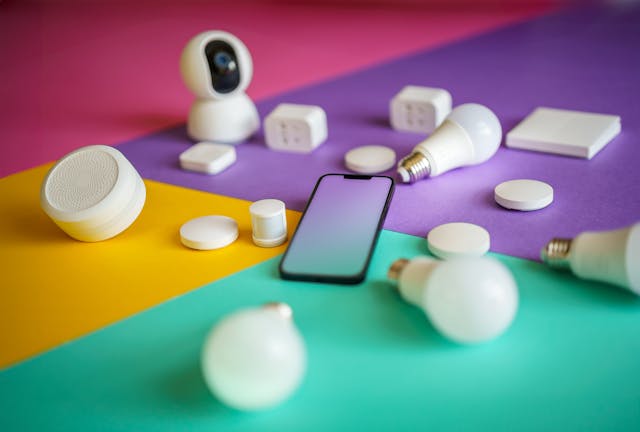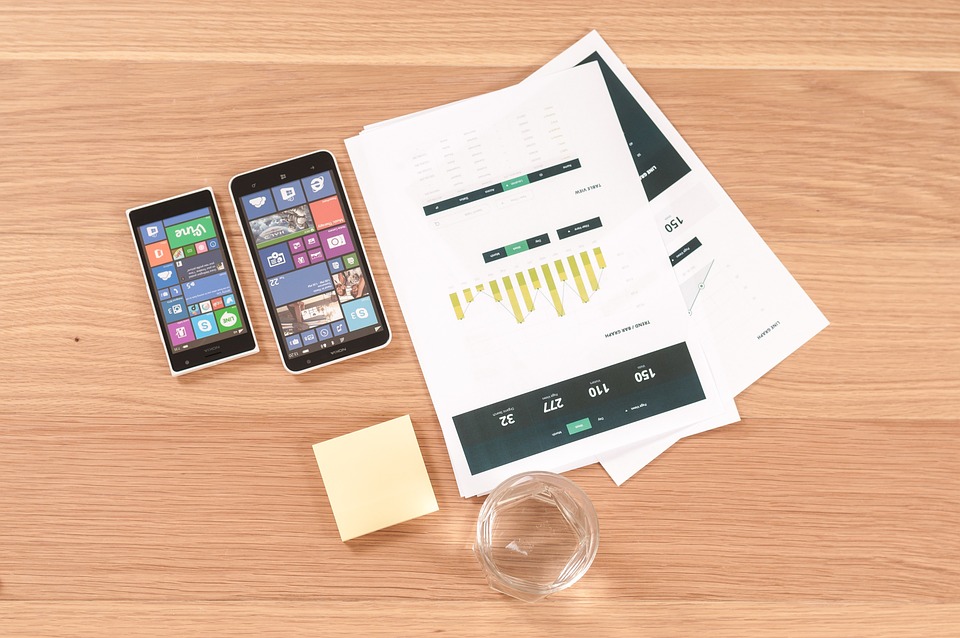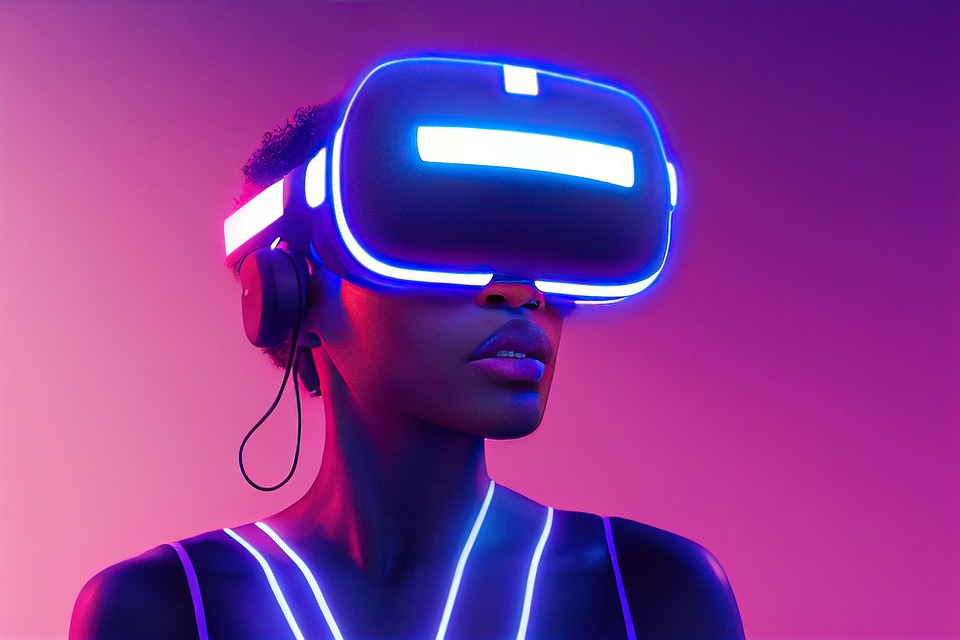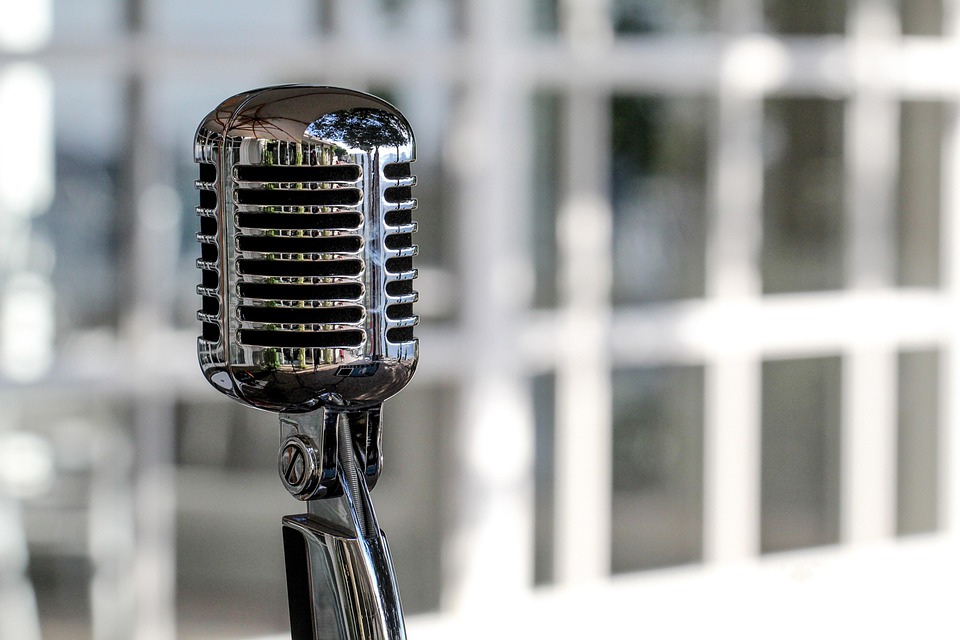Introduction: The Internet of Things (IoT) – Connecting the World Around Us
The Internet of Things (IoT) is one of the most exciting technological advancements that’s shaping our world today. We’ve moved from a time where only computers and phones were connected to the internet to a future where everything from your refrigerator to your light bulbs can be part of the connected ecosystem.
But what exactly is IoT? Simply put, the Internet of Things refers to a network of physical devices that are connected to the internet, allowing them to send and receive data. These devices, which can include everything from household appliances to industrial machines, are able to communicate and interact with each other without human intervention.
In this blog, we’ll explore how IoT is transforming our daily lives, from smart homes to healthcare and beyond. So, how is IoT changing our world? Let’s dive in!
1. IoT in Smart Homes: Turning Your Home into a Connected Hub
The concept of a smart home has become more than just a futuristic dream—it’s a reality. IoT devices have revolutionized how we interact with our living spaces, offering convenience, energy efficiency, and enhanced security.
-
Key features: Smart thermostats, security cameras, lighting systems, and voice assistants like Amazon Alexa or Google Assistant.
-
Why it matters: With IoT, you can control and monitor your home from anywhere. Want to set the temperature before you arrive home? No problem. Forgot to lock the door? Check it from your phone. These devices work together to make life simpler, more comfortable, and more energy-efficient.
Example: A smart thermostat like Nest learns your temperature preferences and adjusts accordingly, saving you money on energy bills. Meanwhile, Ring doorbells let you monitor your front door from your phone, offering greater security and peace of mind.
2. IoT in Healthcare: Empowering Patients and Doctors
The impact of IoT on healthcare is nothing short of revolutionary. With the ability to monitor health conditions in real-time, IoT is improving patient care and outcomes. Devices like wearables and smart medical equipment are empowering both patients and healthcare providers.
-
Key features: Wearables like fitness trackers, connected medical devices (e.g., heart monitors), and remote patient monitoring.
-
Why it matters: IoT-enabled health devices can track vital signs, predict potential health issues, and send alerts directly to doctors, enabling quicker interventions. For patients, it means more personalized care and better disease management from the comfort of their home.
Example: A smart insulin pump can monitor glucose levels and deliver the right amount of insulin automatically. Meanwhile, wearable devices like the Apple Watch can track heart rate and even detect potential health conditions like atrial fibrillation, alerting users to seek medical attention.
3. IoT in Transportation: Smarter, Safer Roads
The impact of IoT isn’t confined to our homes and healthcare—it’s also transforming the way we travel. Connected vehicles, smart traffic systems, and even public transportation are benefiting from IoT’s ability to collect and process real-time data.
-
Key features: Autonomous vehicles, traffic management systems, and real-time data analytics.
-
Why it matters: IoT can optimize traffic flow, reduce accidents, and enhance the overall commuting experience. Connected cars can provide features like real-time navigation updates, vehicle diagnostics, and even autonomous driving capabilities, offering a safer and more efficient way to travel.
Example: Tesla cars are a prime example of IoT in transportation. These vehicles can communicate with each other to prevent accidents, receive software updates remotely, and provide autonomous driving features that reduce the strain on drivers.
4. IoT in Agriculture: Feeding the Future
The agricultural industry is increasingly adopting IoT to improve efficiency, sustainability, and food security. Through the use of connected sensors, drones, and smart equipment, farmers are able to monitor and manage their crops in real-time.
-
Key features: Soil sensors, automated irrigation systems, and crop monitoring drones.
-
Why it matters: IoT enables farmers to monitor variables like soil moisture levels, temperature, and nutrient content in real-time, ensuring optimal growing conditions. Additionally, automation can help reduce water waste, improve yields, and even reduce the environmental impact of farming.
Example: John Deere uses IoT-powered smart tractors that gather data on crop health, soil conditions, and even weather patterns. This information is sent back to the farmer’s dashboard, allowing them to make data-driven decisions that improve crop yield and reduce resource waste.
5. IoT in Retail: Enhancing the Shopping Experience
IoT is also transforming the retail industry, enhancing the customer experience and enabling retailers to operate more efficiently. By integrating IoT technologies, retailers can offer a more personalized shopping experience, streamline their inventory management, and improve their supply chains.
-
Key features: Smart shelves, personalized recommendations, and real-time inventory tracking.
-
Why it matters: Retailers can leverage IoT to track consumer behavior, ensure stock availability, and optimize the layout of their stores. IoT helps businesses enhance customer engagement through personalized offers, dynamic pricing, and efficient restocking.
Example: Amazon Go is a prime example of IoT in retail. Using a combination of sensors, cameras, and machine learning, Amazon Go stores allow customers to pick items and leave without ever going through a traditional checkout process.
6. IoT in Environmental Monitoring: Keeping the Planet Safe
Environmental monitoring is another crucial application of IoT. With connected sensors scattered across the globe, IoT is helping scientists, governments, and organizations monitor air quality, water pollution, and other environmental factors in real-time.
-
Key features: Air quality sensors, water quality monitors, and weather stations.
-
Why it matters: IoT’s ability to provide real-time data about the environment allows for better response times to disasters, more efficient management of natural resources, and a deeper understanding of climate change and pollution. This data can be used to protect ecosystems and ensure sustainable practices.
Example: The Internet of Things for Environmental Sustainability project uses sensor networks to monitor water quality in rivers and lakes, providing critical data to prevent pollution and improve water management.
7. IoT in Industrial Automation: Boosting Efficiency and Safety
The industrial sector is benefiting from IoT with smart factories, predictive maintenance, and asset management systems. By connecting machinery, equipment, and tools, businesses can improve operational efficiency, minimize downtime, and reduce workplace accidents.
-
Key features: Predictive maintenance systems, remote monitoring, and machine-to-machine communication.
-
Why it matters: IoT enables companies to gather real-time data about their machines, predict failures before they happen, and ensure that their operations run smoothly. This not only improves productivity but also enhances worker safety by reducing the risk of equipment malfunctions and accidents.
Example: GE’s Predix platform uses IoT to monitor industrial machines and predict failures before they occur, helping manufacturers save time and money while improving operational safety.
Conclusion: The Future of IoT – A Connected World
The Internet of Things (IoT) is undoubtedly transforming our daily lives in ways that were once unimaginable. From making our homes smarter to improving healthcare and sustainability, IoT is reshaping how we live, work, and interact with the world around us.
As more devices become connected, we’ll continue to see innovative applications that make life easier, more efficient, and more sustainable. While challenges like security and privacy remain, the potential of IoT to revolutionize industries and improve the quality of our lives is undeniable.
In the years to come, the IoT ecosystem will continue to expand, making the world not only more connected but also smarter and more sustainable. The future is here, and it’s connected.





